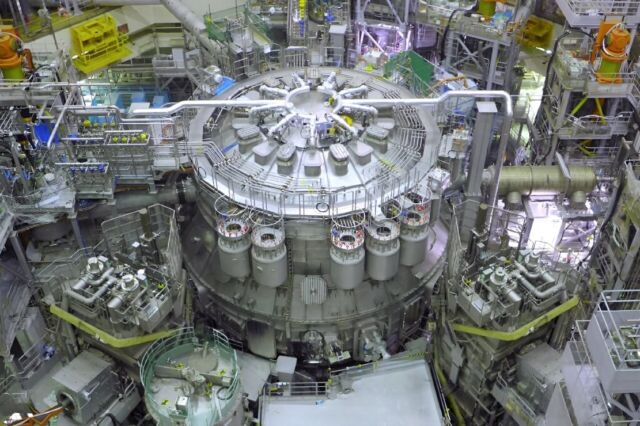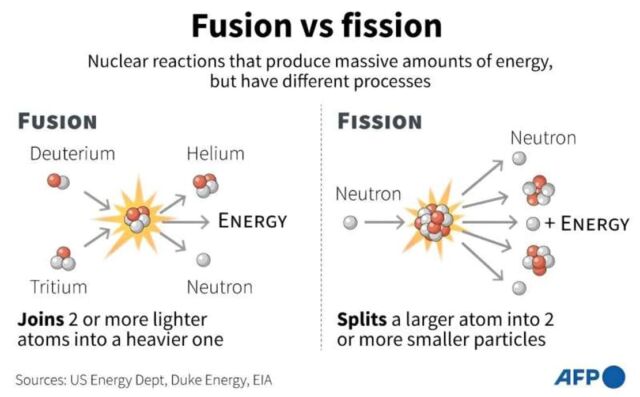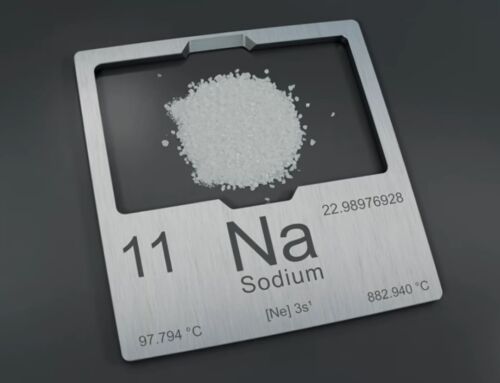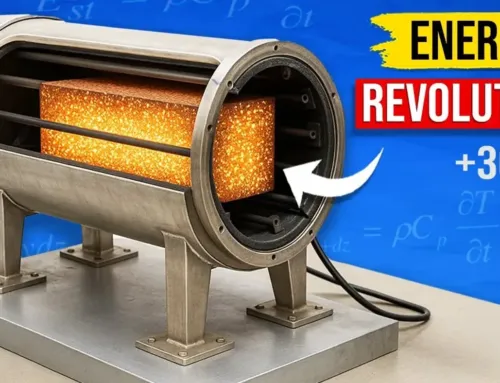
The world’s largest fusion reactor just started. Japan’s JT-60SA tokamak will test technologies put to use in ITER.
The world’s largest experimental nuclear fusion reactor was activated in Japan, marking a significant step in fusion technology as a potential solution to our future energy needs.
Image credit National Institutes for Quantum Science and Technology
Unlike current nuclear power plants that use fission, this new reactor, called JT-60SA, focuses on fusing atomic nuclei.
Located north of Tokyo, the six-story-high JT-60SA tokamak is a donut-shaped vessel designed to contain swirling plasma heated to a staggering 200 million degrees Celsius (360 million degrees Fahrenheit).
The goal is to investigate whether fusion can be a safe, large-scale, and carbon-free source of net energy, producing more energy than is required to initiate the process.

Using superconducting coils to create magnetic fields, the JT-60SA aims to trap a blazingly hot cloud of ionized gas, or plasma, within its doughnut-shaped vacuum vessel. By doing so, it hopes to induce the fusion of hydrogen nuclei, releasing energy in the process.
This four-story-high machine is engineered to maintain a 200 million degrees Celsius plasma for about 100 seconds, a significant improvement over previous tokamaks.
The JT-60SA’s research will also benefit ITER, a massive international fusion reactor being constructed in France. ITER aims to demonstrate that fusion can indeed generate more energy than is invested in the process.
source Phys.org





Leave A Comment